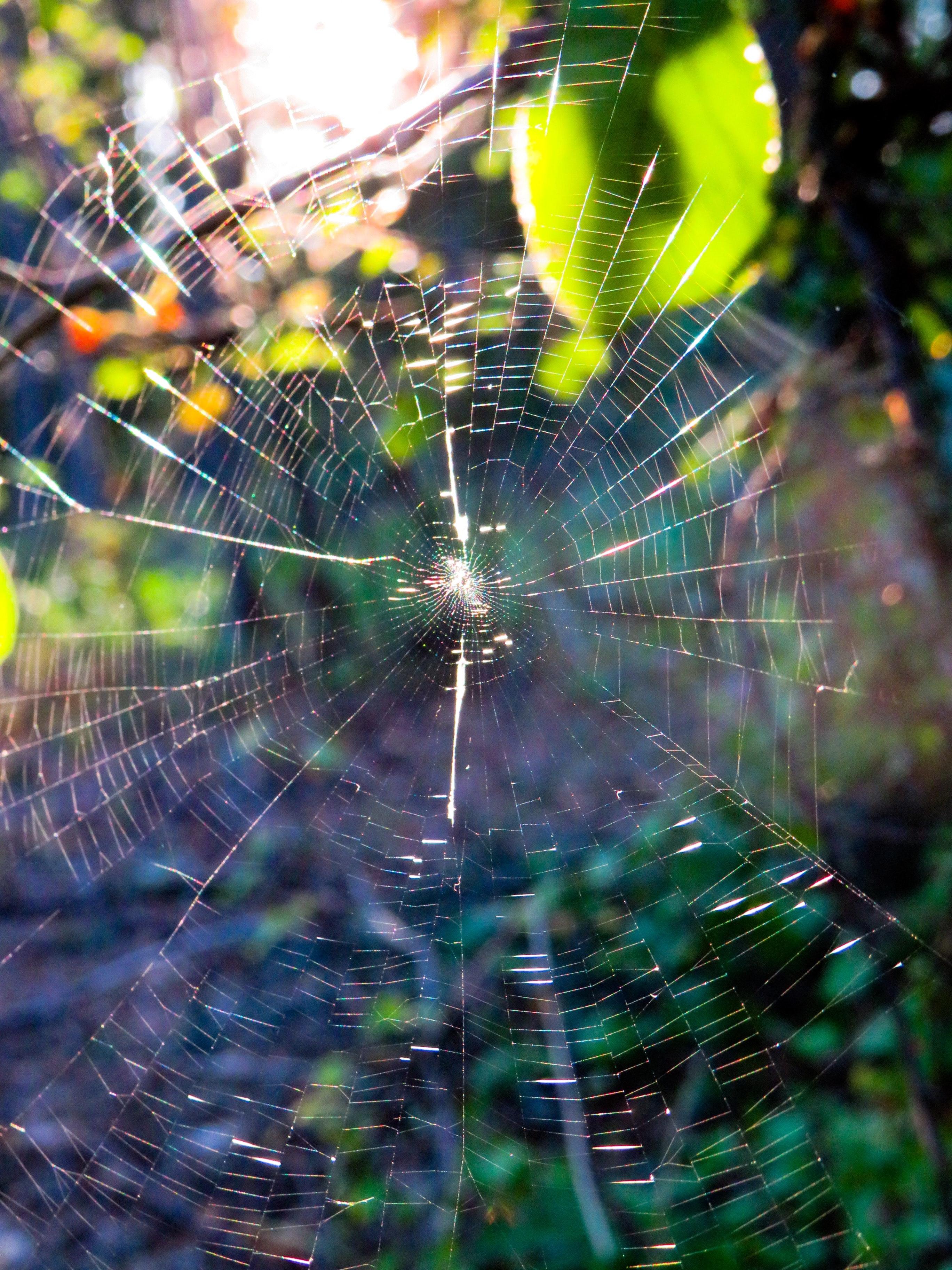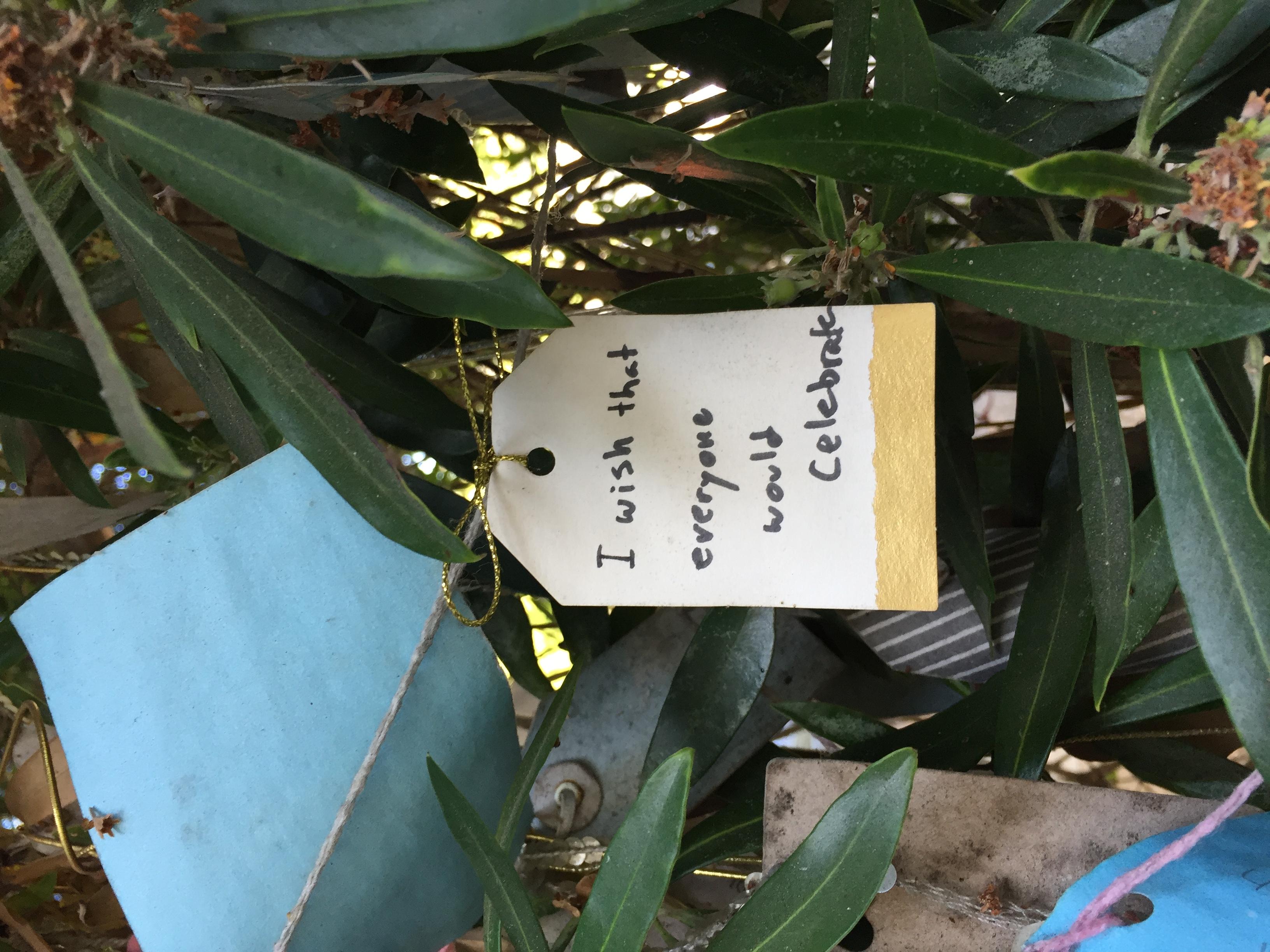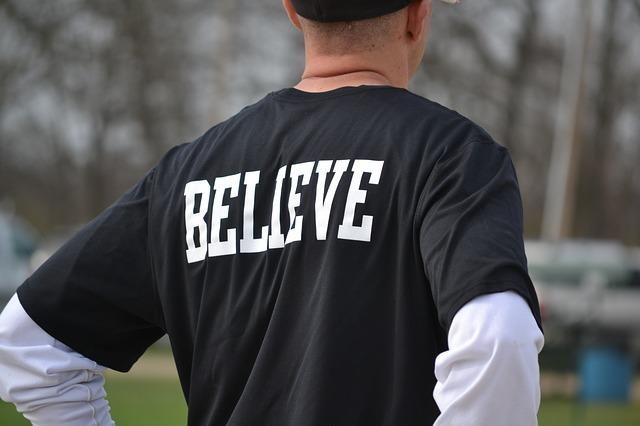R.I.P. Donor Pyramid?
The modern model is more like a vortex — an energized circle where everyone is equal. People move in and out as needed, and your job is to keep the energy flowing.
NOTE: My article on the topic of moving away from the donor pyramid model for donor acquisition, cultivation and major gift solicitation recently resurfaced on social media dialogue, so I thought it was time for a reprint.
Why do we always think of donors with pyramids? The pyramids were built in Egypt. On the backs of slaves. It took a very, very long time. The cost, in human terms, was untenable and unsustainable.
That’s why you don’t see many pyramids being built these days.
Except in nonprofits, where building the donor pyramid is still the holy grail. Get ’em in. Move ’em up. Acquire through direct mail. Convert to monthly donor or sustainer. Acquire through events. Convert to mail. Up, up, up … to the pinnacle of major and planned gifts!
Except for one tiny thing.
It doesn’t work.
Pyramid building is so 2630 BCE. Nobody’s got 100,000 workers (aka direct-mail donors) building a solid pyramid anymore. Many so-called pyramids really look like hourglasses. Or upside-down pyramids. Or plateaus. Even the pyramid-shaped ones are resting on shaky foundations of donors who move in and out, in and out — eight out of 10 newly acquired bottom-of-the-pyramid donors leave — making the “foundation” more like a river than a solid, secure slab of mortar. The days of the donor pyramid model are gone!
Digital toppled the donor pyramid. Actually, it crumbled it … slowly, surely … until there was nothing left but an empty frame. A triangle on paper. The donors no longer fit inside of it.
R.I.P. donor pyramid. You had a good run.
The donor pyramid (sometimes call the donor ladder) was a great model for linear thinkers like me. It was neat and orderly. Engage folks from the bottom up, level by level, one step at a time. It was stable.
Or so we thought,
Details

 Spring is always a good time for rebirth and dusting away the cobwebs. And what a grave, dusty, cobwebby year it’s been.
Spring is always a good time for rebirth and dusting away the cobwebs. And what a grave, dusty, cobwebby year it’s been.
 13 happens to be my lucky number. I want it to be lucky for you too.
13 happens to be my lucky number. I want it to be lucky for you too.





